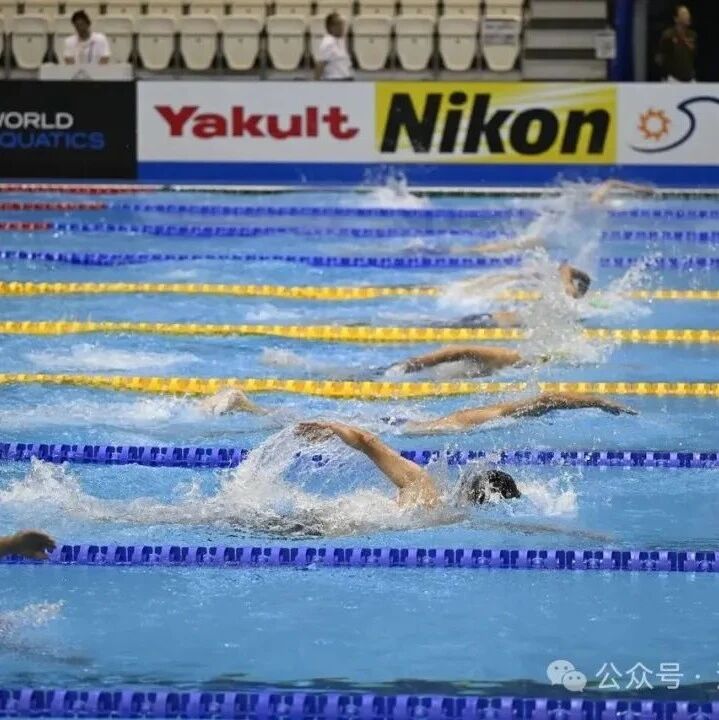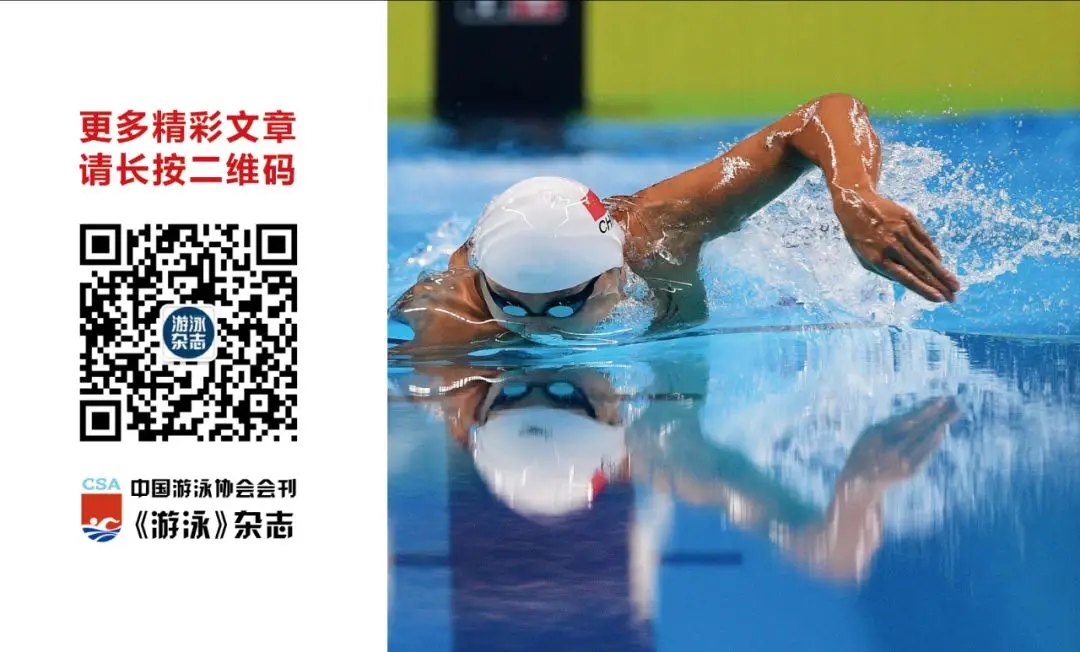Key things you should know about CrossFit
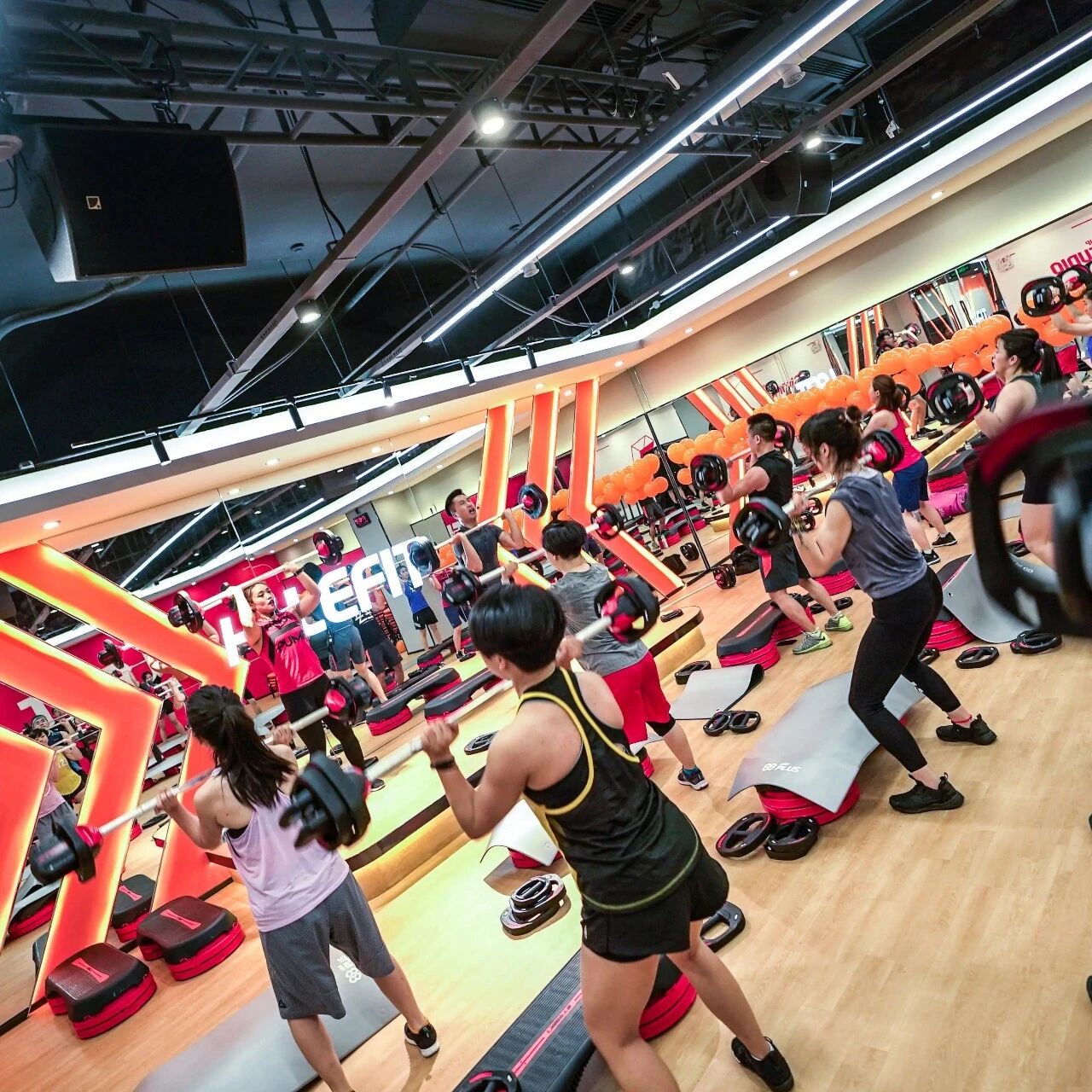


Here's the information about CrossFit fitness that everyone should know:
1. Fitness and bodybuilding are open to people of all ages and genders—men, women, young and old can all participate. Practice has shown that individuals at different life stages can achieve excellent results, provided they follow a more structured exercise regimen.
2. Fitness choices should vary depending on your age. Around 20, high-intensity gym workouts, along with activities like running, boxing, and competitive ball sports, are ideal. In your 30s, moderate-to-high intensity gym sessions, combined with activities such as rock climbing, step aerobics, and martial arts, are a great fit. By your 40s, focus on full-body muscle-strengthening exercises, complemented by lower-impact activities like stair climbing, tennis, or swimming. And in your 50s, as both mental and physical stamina begin to decline, opt for low-to-moderate intensity, full-body fitness routines—plus gentler options like rowing or golfing.
3. You don’t necessarily need to hire a personal trainer—many people successfully teach themselves using fitness magazines and books. However, it’s still highly recommended to work with a coach at the beginning, as they can provide valuable short-term guidance on proper form and help you create a tailored workout plan. (This fee also typically includes a comprehensive assessment of your current physical condition.)
4. The training plan should ideally include fat-burning aerobic exercises as well as strength training to build muscle and enhance power.
5. The human body adapts to a particular form of exercise after a few weeks. This period is known as the "exercise adaptation phase." Beyond this point, it becomes increasingly difficult to see noticeable improvements unless you make changes. You should learn to manage your enthusiasm for exercise—because if that passion fades or you hit a plateau where further progress seems impossible, it’s time to switch to a different type of activity altogether.
6. New research reveals that people who fit in short bursts of exercise throughout the day can accumulate more total fitness time compared to those who stick to a regular 30- to 45-minute workout routine. If you’re short on time today, try squeezing in just 10 to 15 minutes of physical activity each day to keep your body and mind in top shape—whether it’s endurance training or strength exercises.
7. Everyone responds differently to training, so it’s important to avoid blind obedience. Instead, continuously experiment with various training methods to discover what works best for you, ultimately achieving a personalized approach to your fitness journey.
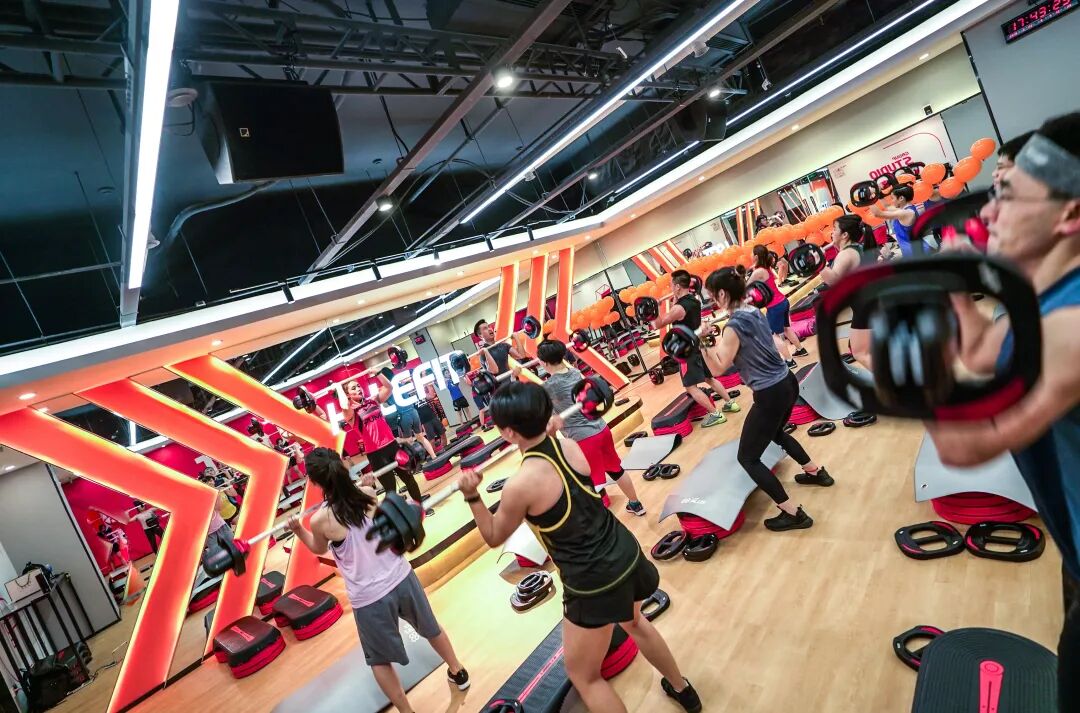
Recommended:
World Aquatics will update its competition rules in 2025.

Related Articles
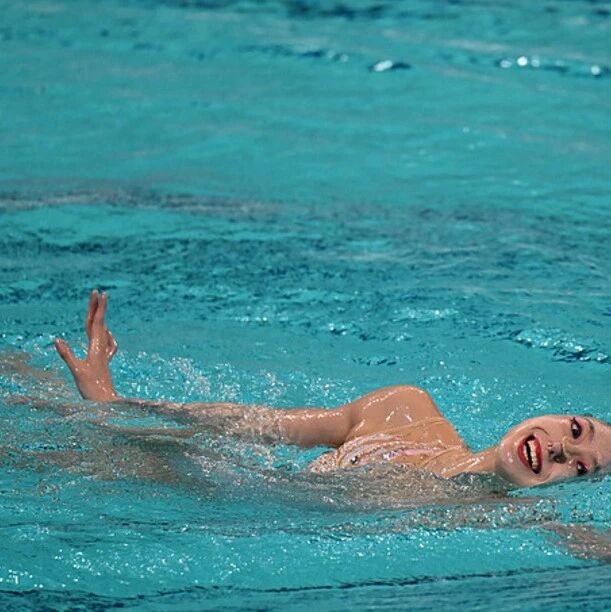
The FINA World Cup Final kicked off in Xi'an, with the Chinese team claiming consecutive gold medals.

Results from the National Spring Swimming Championships on the 21st: Zhang Zhanshuo wins his third gold medal.
